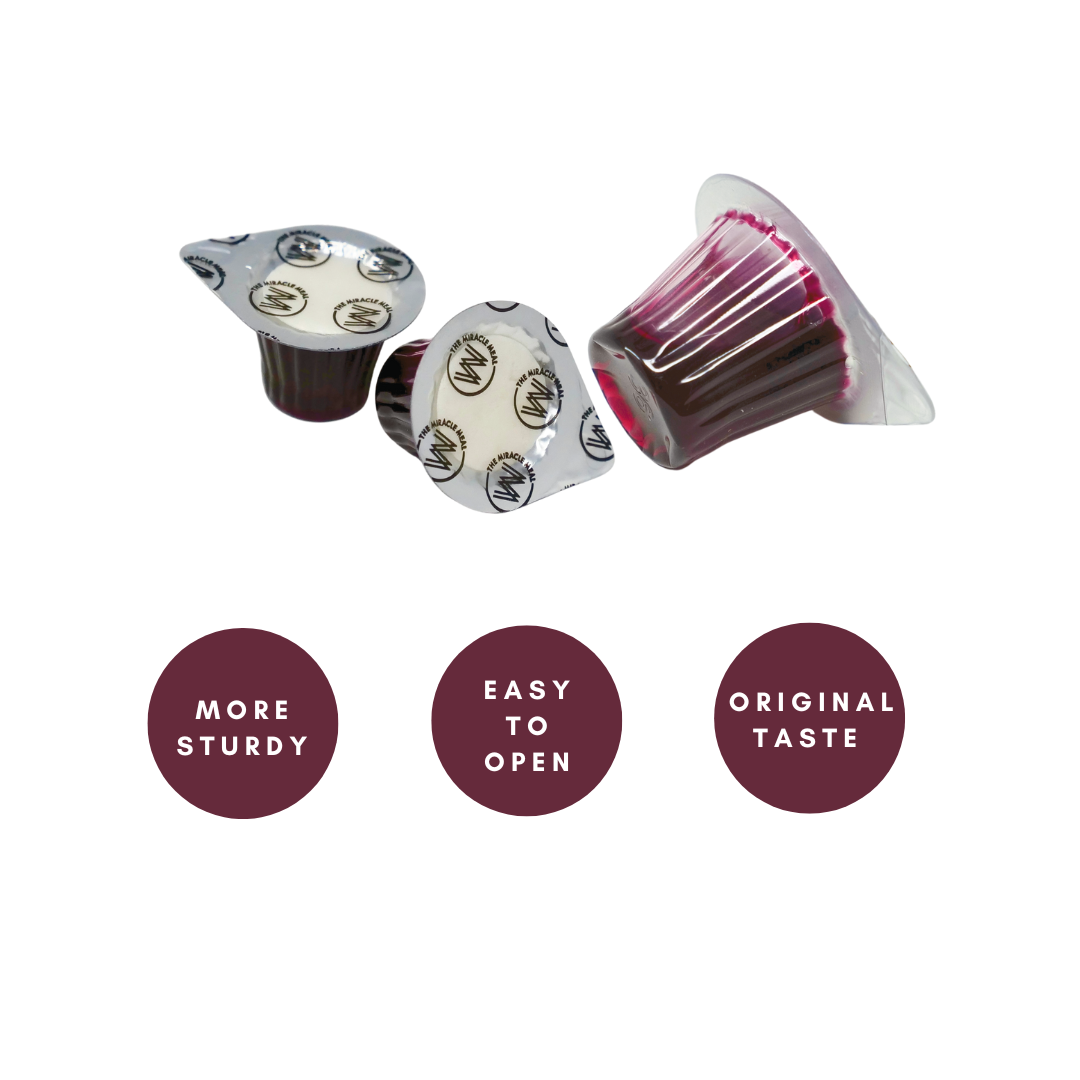Does Everyone Drink From The Same Cup In Communion?
In many Christian traditions, the sacrament of communion is deeply meaningful, symbolizing unity with Christ and with one another. This sacred rite often involves bread and wine or grape juice, shared to commemorate the Last Supper.
One question that arises is whether worshipers typically share a single goblet or have individual portions. Clarifying this aspect can help believers better understand the significance of the practice.
Historic Roots of the Cup Tradition
From the earliest records of the Christian faith, a common cup was often used to mirror Jesus’ actions at the Last Supper, where He and His disciples drank from a single vessel. This approach emphasized the unity of believers and their shared commitment to Christ. By passing one container among congregants, churches reinforced the idea of coming together as one body, united in worship and fellowship.
In the first centuries of Christendom, these practices varied by region and custom. Yet, many communities held fast to the concept of a shared chalice, seeing it as an extension of communal identity and a tangible representation of unity. In response to the question, “Do participants share one vessel when partaking in this sacrament?” early believers often answered with a resounding yes, to uphold the spirit of togetherness.
Biblical passages, particularly from the Gospels and Pauline letters, highlight the breaking of bread and drinking of the cup as a unifying act in remembrance of Christ’s sacrifice. Over time, denominations adapted communion to reflect their theological nuances, yet the symbolism of shared participation remained central. For many factions, continuing or revisiting one-cup customs keeps them rooted in the earliest traditions of this sacred meal.
Individual vs. Communal Vessels
As the church spread globally and practical concerns arose, the use of individual containers gained popularity. Some congregations introduced separate cups for reasons of health, convenience, and pragmatism, aiming to ensure that each participant could partake comfortably. Over centuries, this move toward personal allotments did not necessarily forsake tradition but rather sought to address evolving circumstances and ever-growing congregations. Furthermore, in areas with limited access to hygiene measures, individual vessels offered reassurance and helped mitigate concerns regarding cross-contamination.
Across various denominations, differences abound regarding how to serve the wine or juice. In more traditional liturgical settings, one cup may still be passed from person to person, signifying unity in faith. Others place a row of tiny cups on trays or pew holders for distribution. These distinctions can leave newcomers wondering: “Is a single chalice used by every communicant?” The answer often depends on local customs and theological perspectives.
Churches that practice communal cups often emphasize the sense of closeness and shared identity this method brings. Meanwhile, congregations opting for personal cups highlight the practicality of smoother distribution and enhanced hygiene. Both approaches maintain the ultimate aim of honoring the ordinance in a respectful and solemn way. Whether using a communal chalice or multiple small vessels, believers are united by the same core purpose: reflecting on Christ’s sacrifice.
Sanitary Considerations and Innovations
Concerns about hygiene have prompted debates around the appropriateness of communal cups. Some point out that wiping or rotating the chalice lip may not fully eliminate the risk of germs, while others maintain that regulated use of wine, alcohol content, and careful cleaning procedures sufficiently reduce threats. Regardless, many congregations continue to weigh the practicalities of each approach.
Modern solutions address these issues by offering sealed, single-serve portions. Pre-packaged sets, including those from The Miracle Meal, come with a wafer and juice in one compact unit. This design ensures that no preparation is needed, and each person receives a fresh, untouched portion. Such alternatives also include near-silent, easy-open film and foil seals, minimizing disruptions during sacred moments of reflection.
In addition, these handy cups typically feature a shelf life of up to one year, making them practical for congregations that plan services in advance. Because the plastic packaging is recyclable, churches can remain mindful of environmental impact. Together, these features reassure believers that safeguarding health and honoring tradition need not be mutually exclusive approaches.
Conclusion
Whether one shared chalice or multiple individual cups are used, the meaningful essence of communion remains rooted in reflection on Christ’s sacrifice and the unity of believers. Historical precedent and modern convenience both highlight valid reasons for each approach, affirming the sacrament’s enduring purpose: bringing worshipers into deeper fellowship with God and with each other.
For those seeking to combine reverence with practicality, we invite you to explore our online store. Our wide range of pre-filled, recyclable communion cups offers an easy, quiet way to partake in this important observance.





